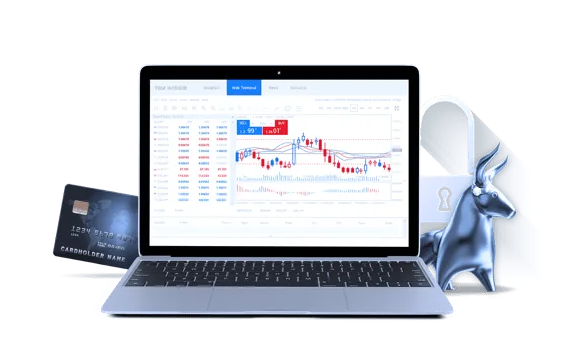
Risk and Reward: Finding the Balance in Cfd trading
CFD stands for Contract for Difference and it’s a popular trading method for investors looking to profit from the financial markets. In simple terms, Cfd trading allows investors to speculate on price movements in financial markets such as shares, commodities, currencies, and indices. Instead of buying the underlying asset, investors buy or sell a contract through a broker. Cfd trading offers several advantages over traditional trading methods such as lower transaction costs, no stamp duty, and the ability to profit from both rising and falling markets. In this blog post, we will explore the world of Cfd trading and its potential for profit.
One major advantage of cfd trading is leverage, which means that investors can trade with a smaller amount of capital than would be required for traditional trading methods. Cfd trading allows investors to increase their exposure to a financial market without actually owning the underlying asset. For example, an investor with $10,000 capital may be able to trade up to $100,000 worth of shares using leverage. This can increase profits significantly if the market goes in favor of the investor. However, leverage can also increase losses, so it’s important to use caution and have a risk management strategy in place.
Another advantage of Cfd trading is the ability to short sell, which means to profit from a falling market. In traditional trading methods such as buying shares, investors can only profit if the share price goes up. However, with Cfd trading, investors can profit from both rising and falling markets. This flexibility allows investors to take advantage of market volatility and news events such as economic reports or company earnings announcements.
Cfd trading also offers a wide range of markets to trade, including shares, commodities, currencies, and indices. Investors can choose to trade in multiple markets to diversify their portfolio and reduce risk. Additionally, CFD brokers often offer access to international markets, giving investors the ability to trade in markets they may not have access to otherwise.
When trading CFDs, investors should keep in mind that they are trading through a broker and that the broker may charge fees or commissions. These fees can vary greatly between brokers, so it’s important to research and compare fees before choosing a broker. Some brokers may also offer education and training resources for new traders to learn how to use their platform and develop a trading strategy.
short:
In short, Cfd trading offers investors the potential for profit through leverage, short selling, and a wide range of markets to trade. While there are risks involved with any form of trading, Cfd trading offers flexibility and cost efficiency compared to traditional trading methods. Investors should do their own research and develop a trading strategy that suits their financial goals and risk tolerance. With the right education and risk management, Cfd trading can be a valuable addition to any investment portfolio.